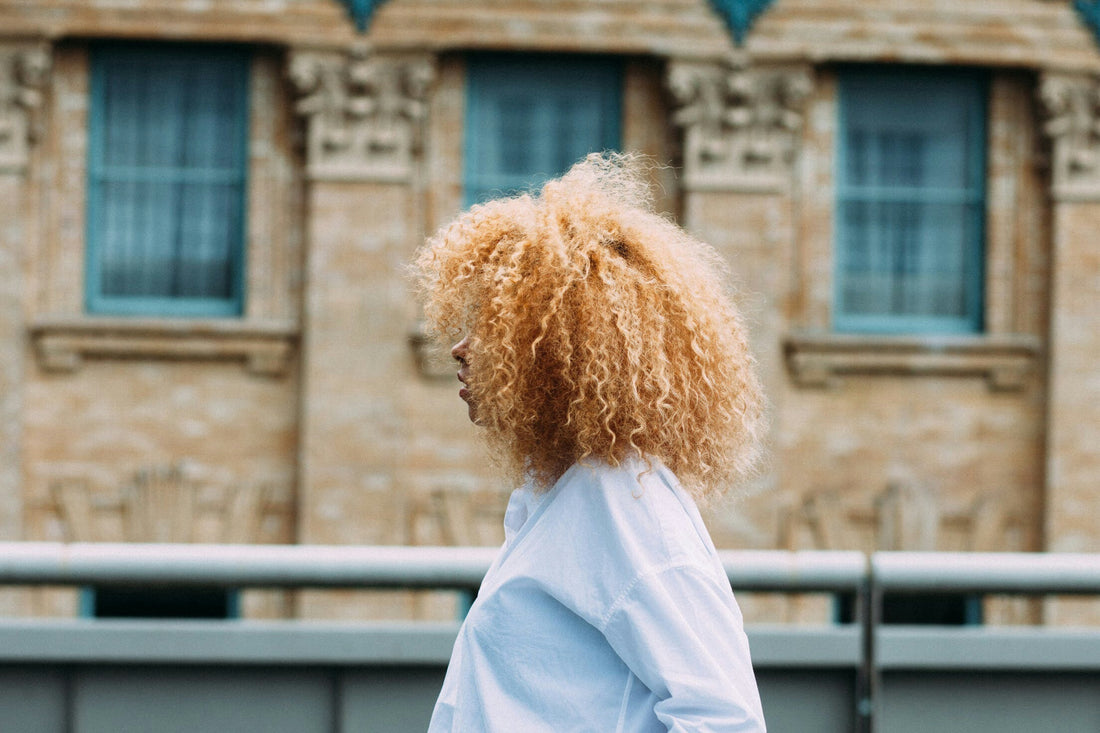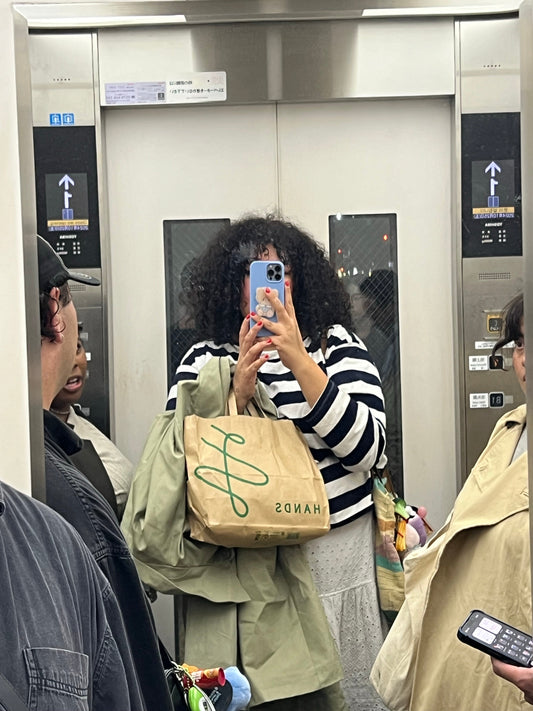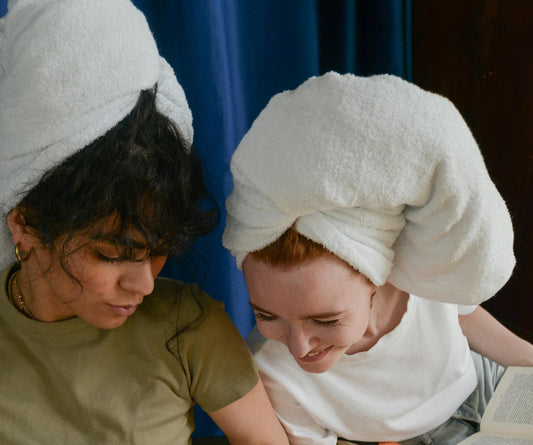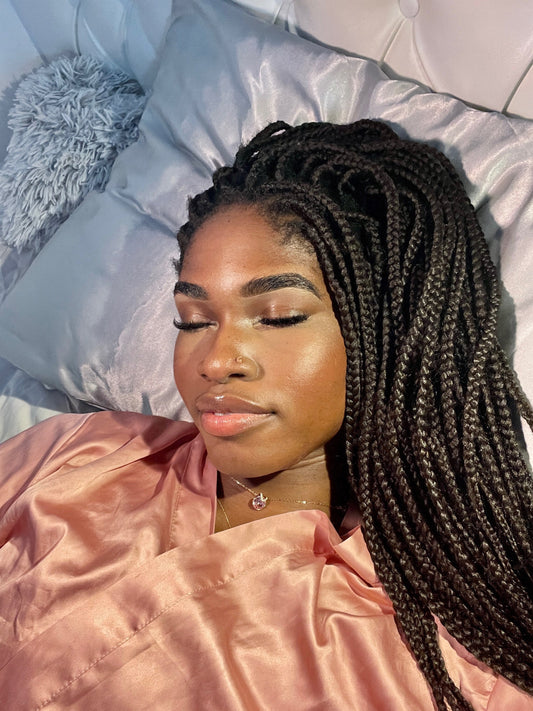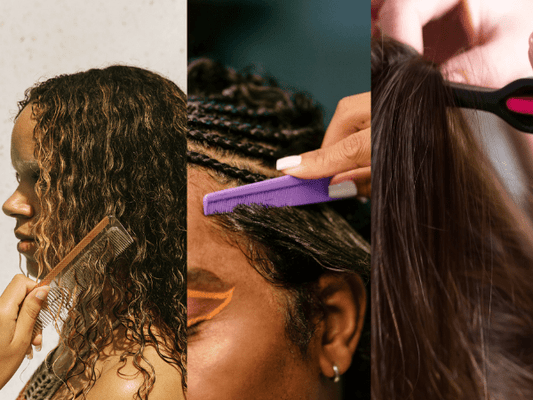Dyeing curly hair can be a transformative experience, offering a fresh look and a boost in confidence. However, the unique structure of curly hair makes it inherently more susceptible to damage, particularly when it comes to colouring. The key to successfully dyeing curly hair lies in adopting methods that minimize harm while maximizing colour vibrancy and curl integrity. This comprehensive guide provides essential tips and techniques for dyeing curly hair without causing damage, ensuring your curls remain healthy and vibrant.
Understanding Curly Hair’s Vulnerability
Curly hair’s susceptibility to damage during the dyeing process stems from its natural dryness. The twists and turns in curly strands make it difficult for natural oils to travel from the scalp to the ends, leading to a propensity for dryness and breakage. Chemical treatments, including hair dye, can exacerbate this condition by stripping away moisture and weakening the hair's structure.
Pre-Color Preparation
1. Assess Your Hair’s Health: Before considering dyeing your hair, evaluate its condition. If your curls are dry, brittle, or damaged, it's crucial to address these issues first. Deep conditioning treatments can help restore moisture and improve hair strength.
2. Conduct a Patch Test: Always perform a patch test to check for allergic reactions to the dye. Apply a small amount of dye to a discreet area of skin, and wait 48 hours to observe any adverse reactions.
3. Choose the Right Colour: Opt for a colour that’s within two shades of your natural hair colour to minimize the need for harsh chemicals. If you're aiming for a dramatic change, consult a professional stylist who specializes in curly hair.
4. Avoid Washing Before Colouring: Refrain from washing your hair 24-48 hours before applying dye. The natural oils can protect your scalp and hair from potential irritation and damage.
During the Dyeing Process
1. Opt for Ammonia-Free Dyes: Choose hair dyes that are free from ammonia, a harsh chemical that can strip moisture from curly hair. Ammonia-free dyes are gentler and less likely to cause damage.
2. Use a Deep Conditioner: Mix a deep conditioner into the dye before application. This can help protect the hair during the colouring process, reducing dryness and breakage.
3. Apply Carefully: Apply dye evenly, focusing on one small section at a time. Use a brush or applicator for precision to avoid over-processing areas that may already be fragile.
4. Limit Processing Time: Adhere strictly to the recommended processing time to prevent over-processing, which can lead to significant damage. Rinse the dye out immediately if you experience any discomfort.
5. Rinse with Lukewarm Water: Rinse your hair thoroughly with lukewarm water until the water runs clear. Hot water can further strip moisture from your hair.
Post-Color Care
1. Deep Condition: After dyeing, use a deep conditioning treatment or mask specifically designed for colour-treated hair. This helps restore moisture and elasticity to the curls.
2. Adjust Your Hair Care Routine: Switch to products formulated for colour-treated hair to maintain colour vibrancy and minimize fading. Look for sulfate-free shampoos and conditioners that gently cleanse without stripping colour.
3. Limit Heat Styling: Heat styling can exacerbate damage and fade colour. When necessary, use a heat protectant and set styling tools to the lowest effective temperature.
4. Trim Regularly: Regular trims can help remove split ends and reduce the chance of breakage, keeping your coloured curls looking healthy and vibrant.
5. Protect Your Hair from the Sun: UV rays can fade hair colour and cause damage. Use hair care products with UV protection or wear a hat when spending extended periods in the sun.
Alternative Colouring Techniques
1. Highlights or Lowlights: Instead of dyeing your entire head, consider highlights or lowlights. These techniques can add dimension to your curls without the need for an all-over chemical treatment.
2. Semi-Permanent Dyes: Semi-permanent dyes, which fade over time and do not contain ammonia, can be a less damaging option for adding colour to curly hair.
3. Henna: For those seeking a natural alternative, henna can provide vibrant colour without the harsh chemicals found in traditional dyes. However, it's essential to use pure, high-quality henna and conduct a strand test, as results can vary.
Conclusion
Dyeing curly hair without causing damage is achievable with the right preparation, techniques, and aftercare. By understanding the specific needs of curly hair and taking steps to protect it throughout the colouring process, you can enjoy a new hue without compromising the health and beauty of your curls. Remember, patience and gentle care are key to maintaining vibrant colour and bouncy, resilient curls.


